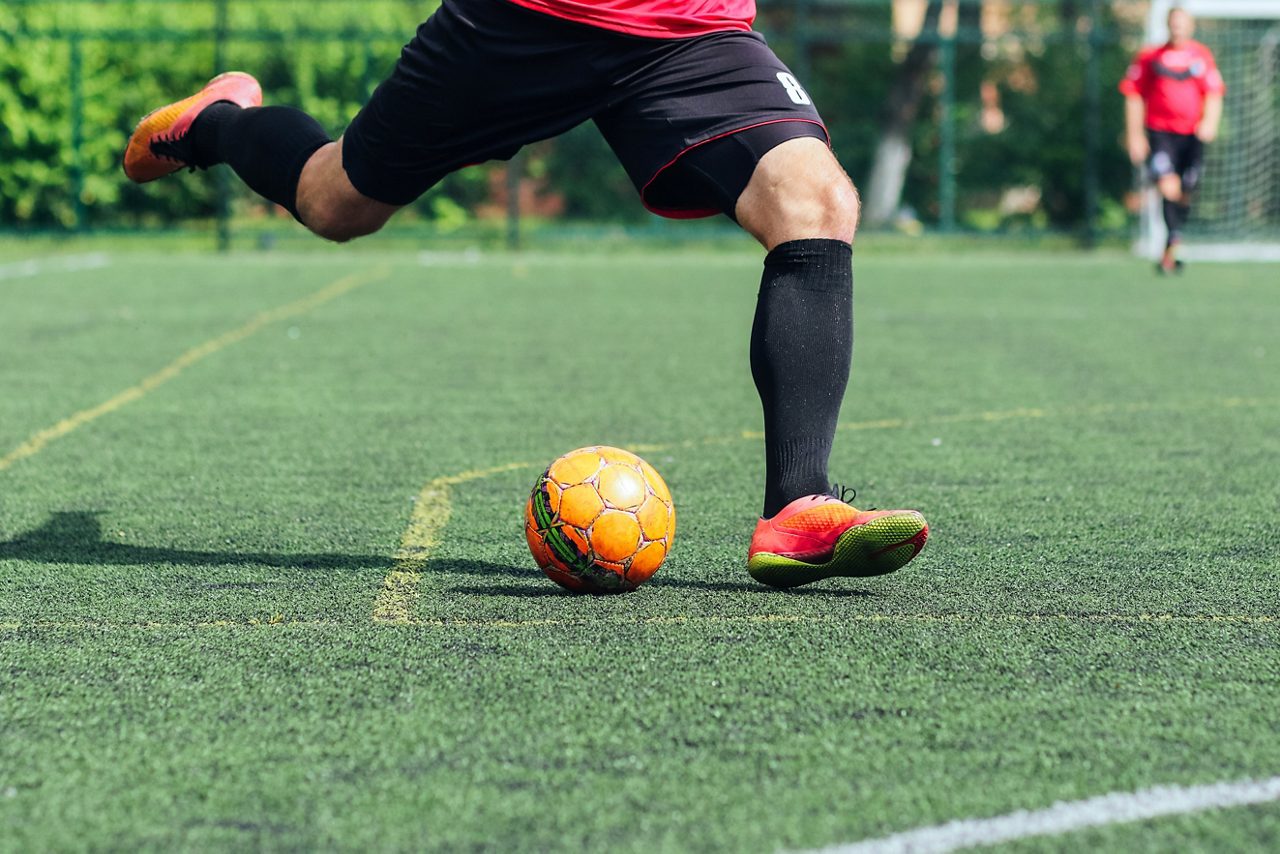Skilled Arizona Turf Installation Services for Home and Commercial Use
Wiki Article
Delve Into the Environmental Benefits of Opting for Synthetic Grass Solutions
The adoption of synthetic lawn services presents an engaging opportunity to attend to pushing environmental difficulties. By dramatically decreasing water usage and decreasing the application of harmful chemicals, these choices not only promote lasting landscape design but additionally protect neighborhood environments.Water Preservation Advantages
One of the most substantial benefits of man-made grass is its ability to conserve water. In comparison, man-made grass does not need watering, significantly reducing the total need for water sources.By removing the requirement for regular watering, synthetic grass adds to sustainable landscape practices and helps alleviate the ecological impact of too much water intake. Additionally, the conservation of water includes the decrease of drainage, which can result in soil disintegration and waterway pollution.
Furthermore, the installment of synthetic grass permits property owners and communities to allot water resources more efficiently, focusing on necessary usages such as alcohol consumption water and farming. The change in the direction of fabricated lawn not only promotes responsible water usage however also straightens with wider ecological goals focused on protecting natural deposits.
As areas significantly prioritize sustainability, the water conservation benefits of man-made lawn offer a compelling instance for its fostering in residential and industrial landscape design projects.
Reduced Chemical Use
The change to synthetic grass dramatically reduces the reliance on chemical therapies frequently used in all-natural turf maintenance. Conventional lawn administration usually includes the application of plant foods, chemicals, and herbicides to advertise development and control bugs. These chemicals can present risks to human wellness, regional wildlife, and the setting, adding to dirt and water contamination.On the other hand, man-made grass eliminates the requirement for these dangerous compounds. As soon as installed, it requires minimal maintenance, mainly containing routine cleansing and occasional infill replenishment. This reduction in chemical usage not only benefits the instant environment but additionally adds to more comprehensive eco-friendly security. By reducing the launch of artificial substances into the ecological community, synthetic grass promotes much healthier dirt and water systems.
Additionally, the absence of chemical overflow related to fabricated grass installations helps secure neighborhood rivers from contamination, sustaining aquatic life and preserving biodiversity. Arizona turf. As communities increasingly prioritize lasting techniques, going with man-made grass presents a practical option that aligns with environmental conservation objectives. Through this change, homeowner can delight in lavish green areas without jeopardizing ecological health, paving the method for a more sustainable future
Reduced Carbon Impact

In addition, the setup of synthetic grass can cause considerable water preservation. Natural lawns need substantial amounts of water for watering, which not just adds to the carbon footprint related to water removal and treatment but additionally pressures neighborhood water resources. In comparison, artificial grass needs minimal maintenance, calling for no watering, thereby considerably decreasing water use and its linked energy expenses.
Furthermore, the longevity of synthetic grass adds to its lower carbon influence. With a lifespan of approximately 15 years or even more, the demand for regular replacements is lessened, causing less waste and reduced energy intake in manufacturing and dealing with traditional grass choices. In general, synthetic grass offers a sustainable alternative for environmentally aware landscape design.
Habitat Conservation
Habitat preservation is a vital consideration in the debate over landscape design choices, particularly when comparing synthetic grass to all-natural turf. All-natural yard yards typically call for comprehensive maintenance, including making use of herbicides, plant foods, and chemicals, which can negatively affect regional ecological communities. These chemicals can seep right into the soil and waterways, harming native flora and fauna and interrupting local environments.
Synthetic turf removes the need for hazardous chemicals, thus securing neighboring wildlife and maintaining the stability of surrounding communities. The installment of artificial turf can lead to the conversion of previous grass areas right into even more biodiverse landscapes, such as pollinator yards or indigenous plant areas, which can support regional wildlife.
Inevitably, the transition to fabricated turf not only saves water and minimizes upkeep initiatives yet additionally cultivates an extra unified relationship between human activities and the natural surroundings, advertising habitat conservation at the same time.
Long-Term Sustainability
Long-term sustainability is a vital consider examining the advantages of synthetic grass over conventional turf lawns. One of the most significant benefits of artificial lawn is its toughness; it can last approximately 15-20 years with very little maintenance, whereas all-natural yard calls for frequent reseeding and replacement. This durability decreases the demand for consistent sources, such as water, plant foods, and chemicals, which are crucial home for maintaining a healthy and balanced yard yard.Additionally, synthetic lawn contributes to a decrease in carbon discharges linked with yard care tools. Typical lawns commonly require gas-powered lawn mowers, trimmers, and blowers, all of which add to air pollution. Turf installation phoenix az. In comparison, synthetic grass removes the need for such devices, advertising a cleaner environment
Furthermore, the manufacturing of synthetic grass significantly makes use of recycled products, boosting its sustainability profile. As suppliers embrace eco-friendly methods, the ecological impact of synthetic grass continues to reduce.

Conclusion
The adoption of synthetic grass services provides considerable environmental advantages, including considerable water conservation, decreased reliance on dangerous chemicals, and a reduced carbon impact. Fabricated grass aids in protecting natural habitats by reducing land disruption and advertising long-lasting sustainability with the use of durable products. Jointly, these elements underscore the possibility of fabricated grass to contribute favorably to environmental wellness and supply a sensible option to conventional landscape design methods in a progressively resource-conscious world.In comparison, synthetic turf does not require watering, considerably reducing the total demand for water sources. By reducing the launch of synthetic substances right into the community, artificial grass promotes much healthier dirt and water systems.
Moreover, the installation of man-made turf can result in considerable water conservation. In contrast, fabricated grass requires very little upkeep, requiring no watering, therefore substantially reducing water use and its associated power prices.

Report this wiki page